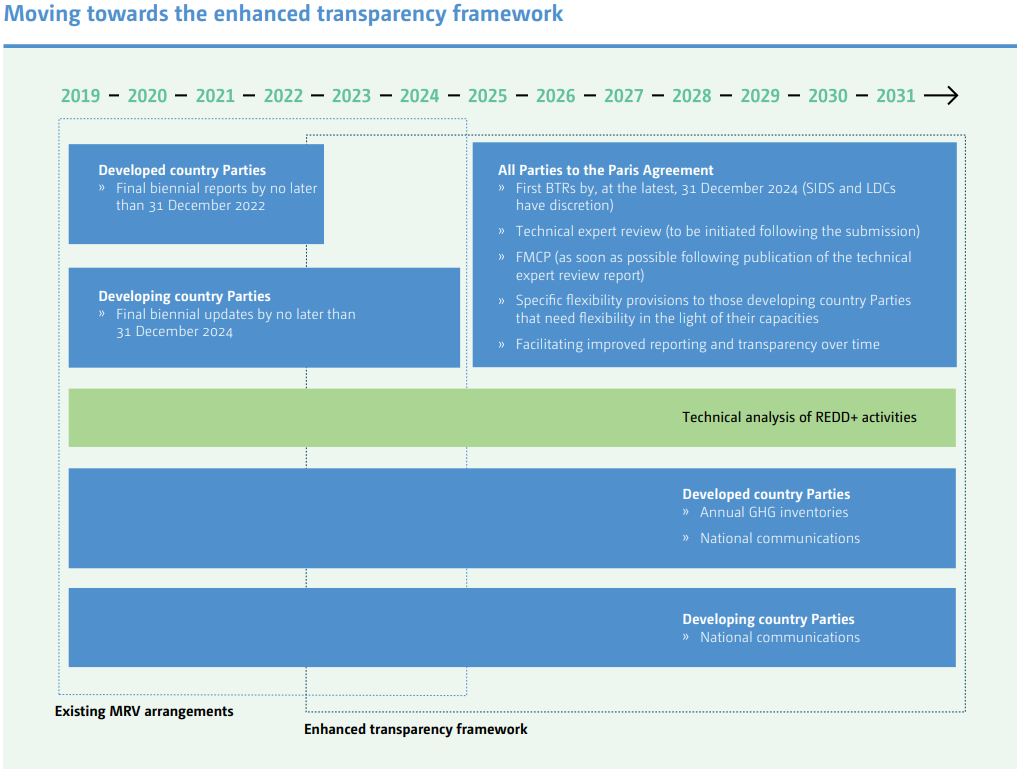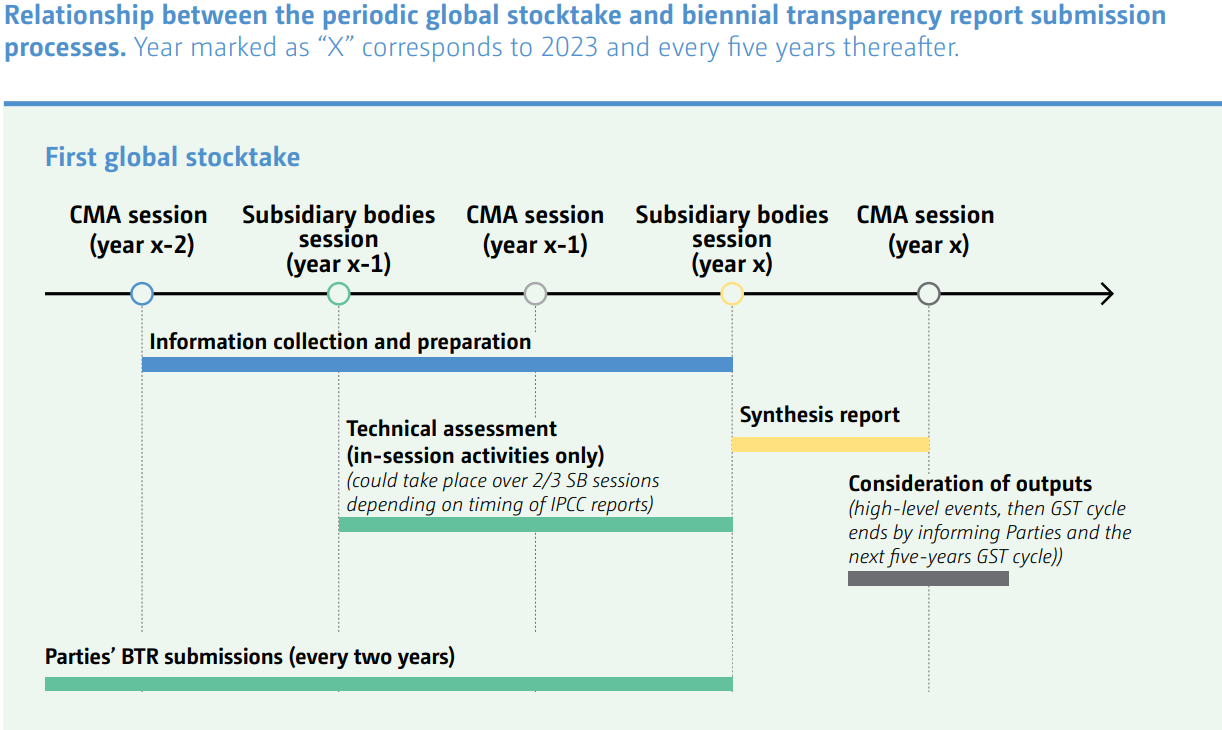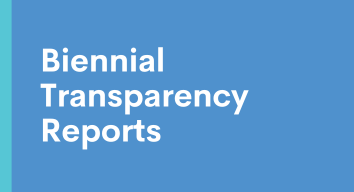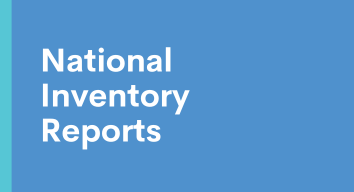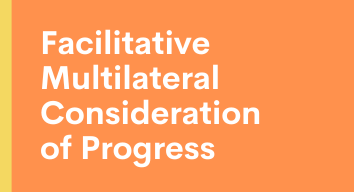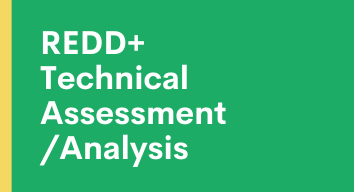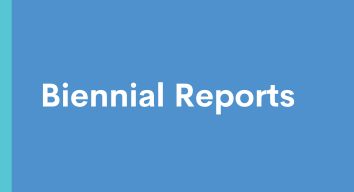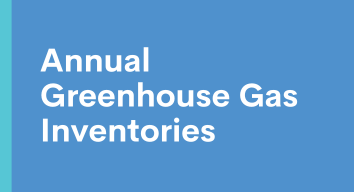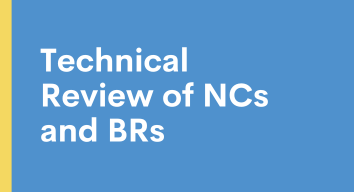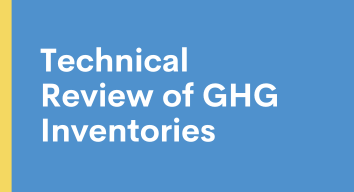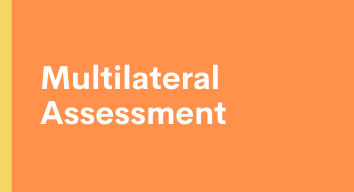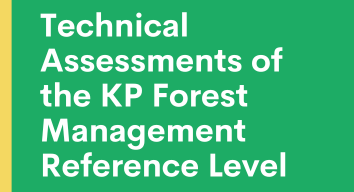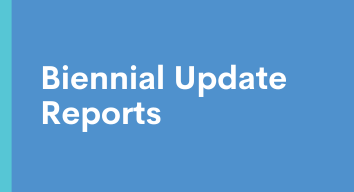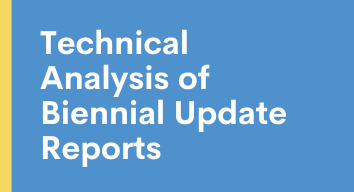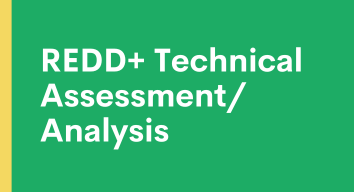Overview
The Paris Agreement established an Enhanced Transparency Framework (ETF), a universal, robust framework for all Parties to report on progress and support, and for this information to undergo technical expert review. The ETF review process will ensure the credibility and accountability of global climate action and support and generate verifiable data and information, with a view to building trust and confidence that all countries are contributing their share to the global effort.
The ETF requires all Parties to submit Biennial Transparency Reports (BTR), covering information on national inventory reports (NIRs), progress towards NDCs, policies and measures, climate change impacts and adaptation, levels of financial, technology development and transfer and capacity-building support, capacity-building needs and areas of improvement. The BTRs will be subject to Technical Expert Review, which will consider the national inventory report, information necessary to track progress made in implementing and achieving its NDCs, and information on financial, technology development and transfer and capacity-building support provided to developing country Parties. Finally, Parties will participate in a Facilitative Multilateral Consideration of Progress, with respect to their efforts on financial support (Article 9 of the Paris Agreement) and implementation and achievement of their NDC.
In addition, REDD+ reporting and technical assessment/analysis processes continue under Article 5 of the Paris Agreement with the following arrangements:
- Submission and technical assessment of REDD+ reference levels, which continues to be organized as a centralized activity once per year;
- Submission and technical analysis of REDD+ results submitted in a technical annex of BTRs takes place concurrently with the technical expert review.
The ETF provides built-in flexibility to those developing countries that need it owing to their national capacities, as a recognition that Parties have different starting points in implementing the new requirements. Capacity-building and support from developed country Parties will be crucial to facilitating improvement in reporting over time.
Moreover, the Global Environment Facility was requested by the CMA to support developing country Parties in preparing their first and subsequent biennial transparency reports; and the Consultative Group of Experts is providing assistance to developing country Parties to fulfil their reporting requirements.
The first BTR submission is due by 31 December 2024. Small Island Developing States (SIDS) and the Least Developed Countries (LDCs) may submit information required for BTRs at their discretion. Further details about the differences in processes and requirements between the MRV system and the ETF, as well as the main timelines, are illustrated in the image below.
How the ETF drives ambition
The ETF represents an important component of the ambition cycle in the global climate regime established by the Paris Agreement. Through the detailed guidance on the reporting, review and consideration processes for the information to be submitted and by making these reports publicly available, the ETF will make it possible to track the progress made by each country, building trust and confidence that countries are taking action to meet their national climate targets and actions defined in their Nationally Determined Contributions (NDCs) under the Paris Agreement.
Furthermore, in addition to scientific research and findings by the IPCC, information reported in BTRs will be considered at a collective level as an important input into the global stocktake, leading to stronger climate action that will continue as the climate regimes moves towards the goal of zero net emissions by 2050 and climate neutrality thereafter. Further details about the relationship between the periodic global stocktake and BTR submission processes are illustrated in the image below.
Reporting, review and consideration
As stipulated in the modalities, procedures and guidelines for the ETF (referred to as “MPGs”), the secretariat is requested to publish on the UNFCCC website Parties’ biennial transparency reports and national inventory reports, if submitted as a stand-alone report, the technical expert review reports, and the records of Parties’ facilitative, multilateral consideration of progress.
Access to national submissions (Biennial Transparency Reports, National Inventory Reports as part of BTRs, REDD+ Reference Levels and BTR Technical Annexes with REDD+ Results) and related review and consideration processes (Technical Expert Review, Technical Assessment of the Forest Reference Emission Level/Forest Reference Level, Technical Analysis of REDD+ results and Facilitative Multilateral Consideration of Progress) that are applicable under the Paris Agreement is provided through the lists below.
